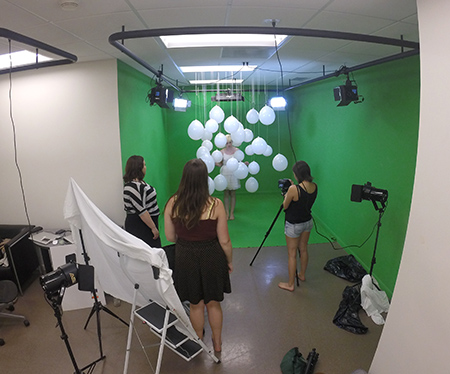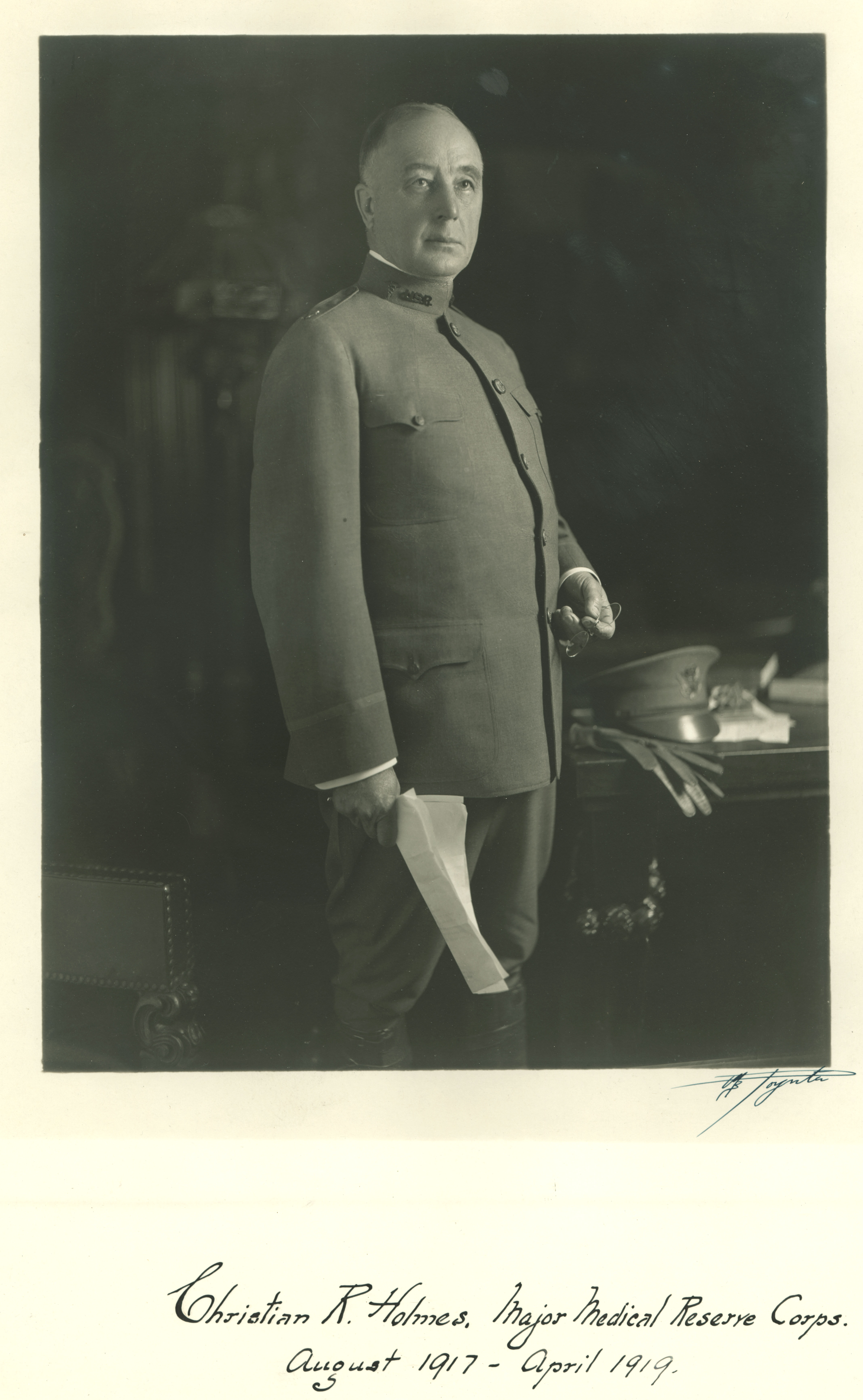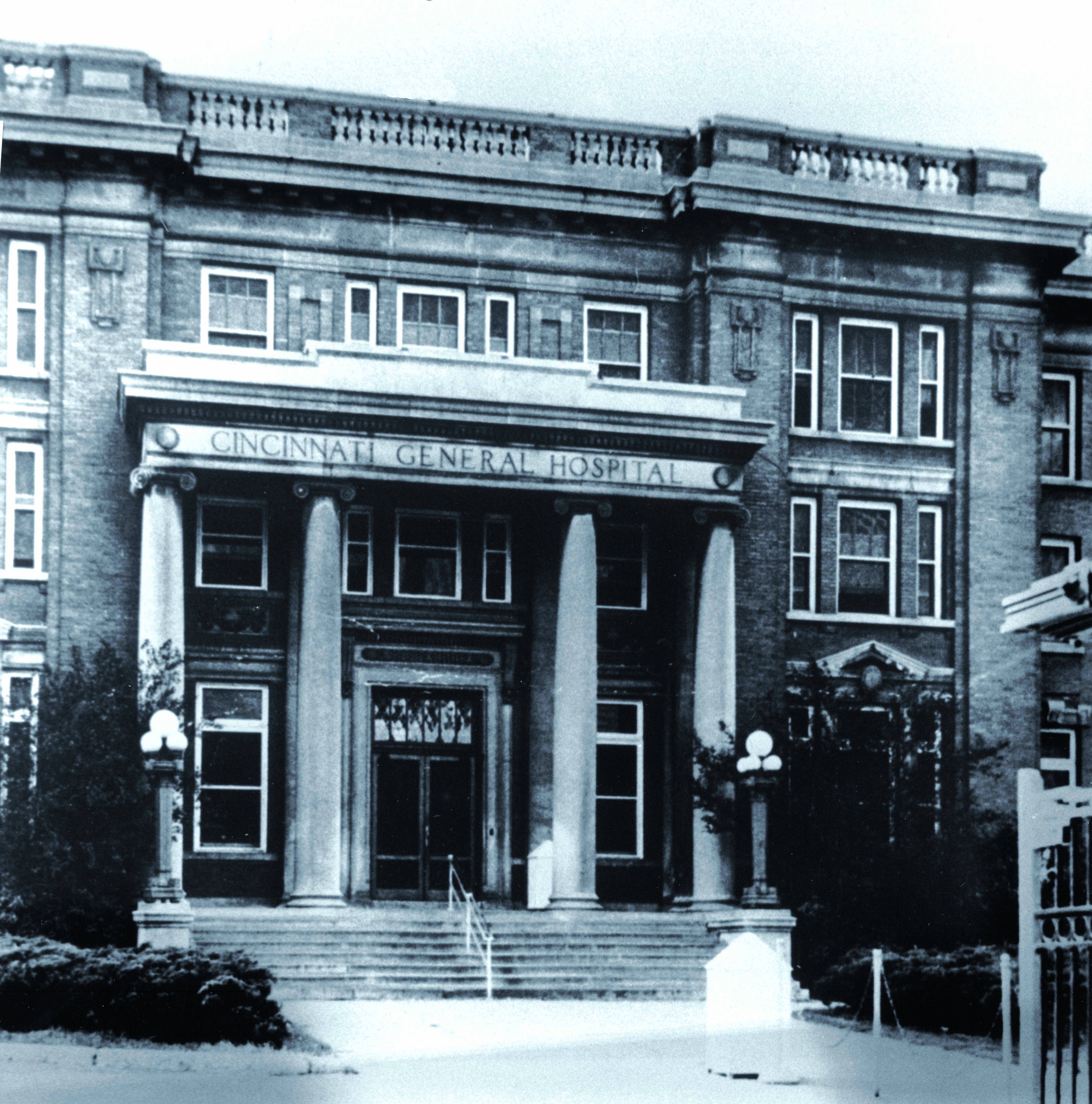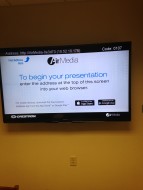Does the research guide you use regularly suddenly look different? It is different – the research guides changed platforms and design!
In addition to the new look and feel, the Health Sciences Library Research Guides now have a responsive design, enhanced browsing functionality and are more user friendly for tablet and mobile phone users. These changes and more incorporate accessibility design features required for any University of Cincinnati web pages and 3rd party web based products. Find out more about accessibility requirements at UC.
Check out the new Health Sciences Library Research Guides design at http://guides.libraries.uc.edu/hsl and share your thoughts with us at http://www.libsurveys.com/loader.php?id=12e35f407e155608c441d055474d4f9c

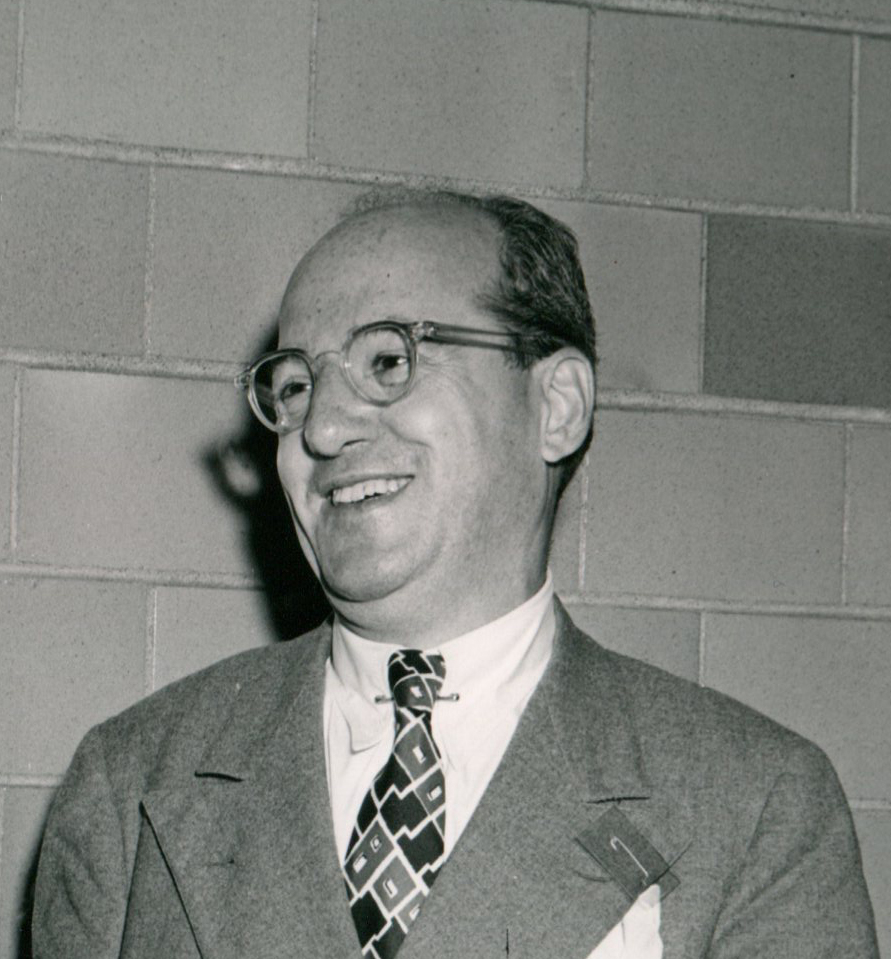
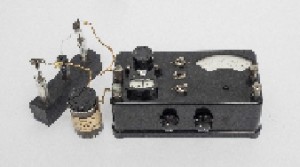

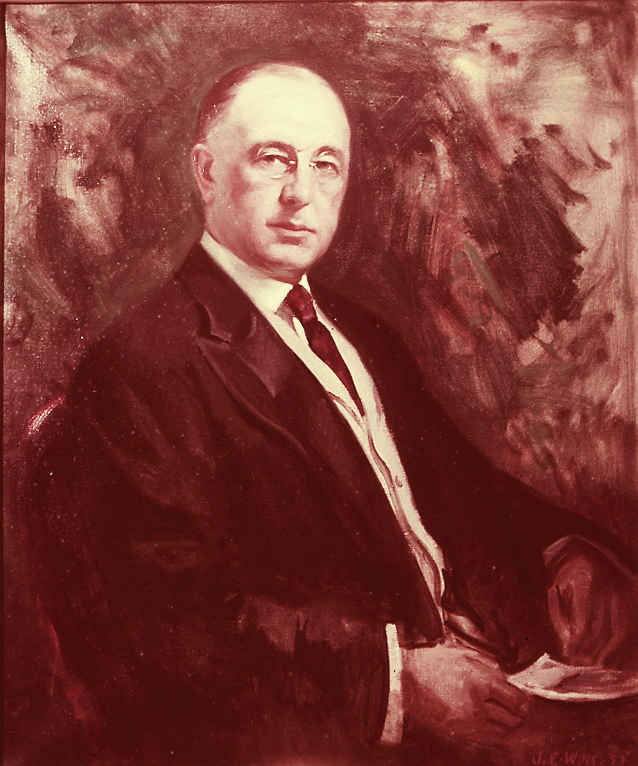
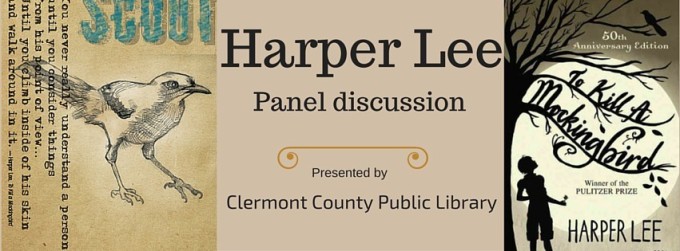 Clermont County Public Library and the Clermont College Library are joining forces in a panel discussion of To Kill a Mockingbird.
Clermont County Public Library and the Clermont College Library are joining forces in a panel discussion of To Kill a Mockingbird.